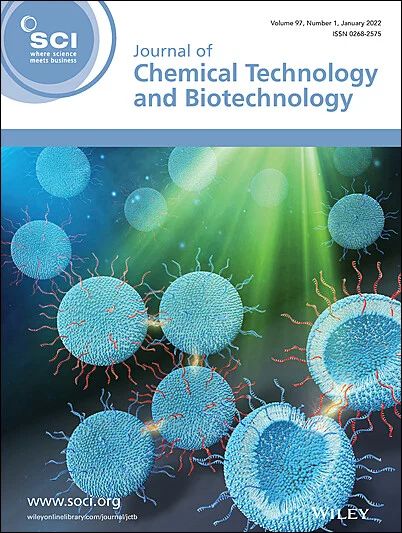Improved bioethanol production from cocoa agro-industrial waste optimization based on reaction rate rules
Abstract
BACKGROUND
Bioethanol production was enhanced from cocoa agro-industrial wastes by optimizing the reaction rate. A lab-scale set-up allowed us to show the proof of concept, in which agro-industrial wastes were fermented by Candida krusei. The goal was to show how a simple equation, based on Euler–Lagrange theory, has a feedback structure to command online from the measured variables related to cell growth and metabolism. The online correction involved computation of the feeding rate Fin from the derived equation.
RESULTS
The proposed improvement resulted in increased bioethanol production. Bioethanol production from exponential and pulse strategies was 61 and 75 g L−1, respectively, but reached 85 g L−1 with the proposed improvement. The initial glucose concentration for the proof of concept was 60 g L−1. The results show that the proposed optimization enhanced bioethanol production by about 24% and 36% with respect to exponential and pulse strategies, respectively. Thus, the Euler–Lagrange theory improves bioethanol production through Fin by optimizing the reaction rate with a very simple real-time implementation.
CONCLUSION
This contribution provides a solid basis for potential industrial implementation with only the inflow profile as the unique measured variable to produce bioethanol as fuel from agro-industrial wastes. Thus, the proposed optimization might provide long-term benefits for economical bioethanol production via industrial ecology in terms of a carbon-neutral circular economy. © 2025 Society of Chemical Industry (SCI).

 求助内容:
求助内容: 应助结果提醒方式:
应助结果提醒方式:


